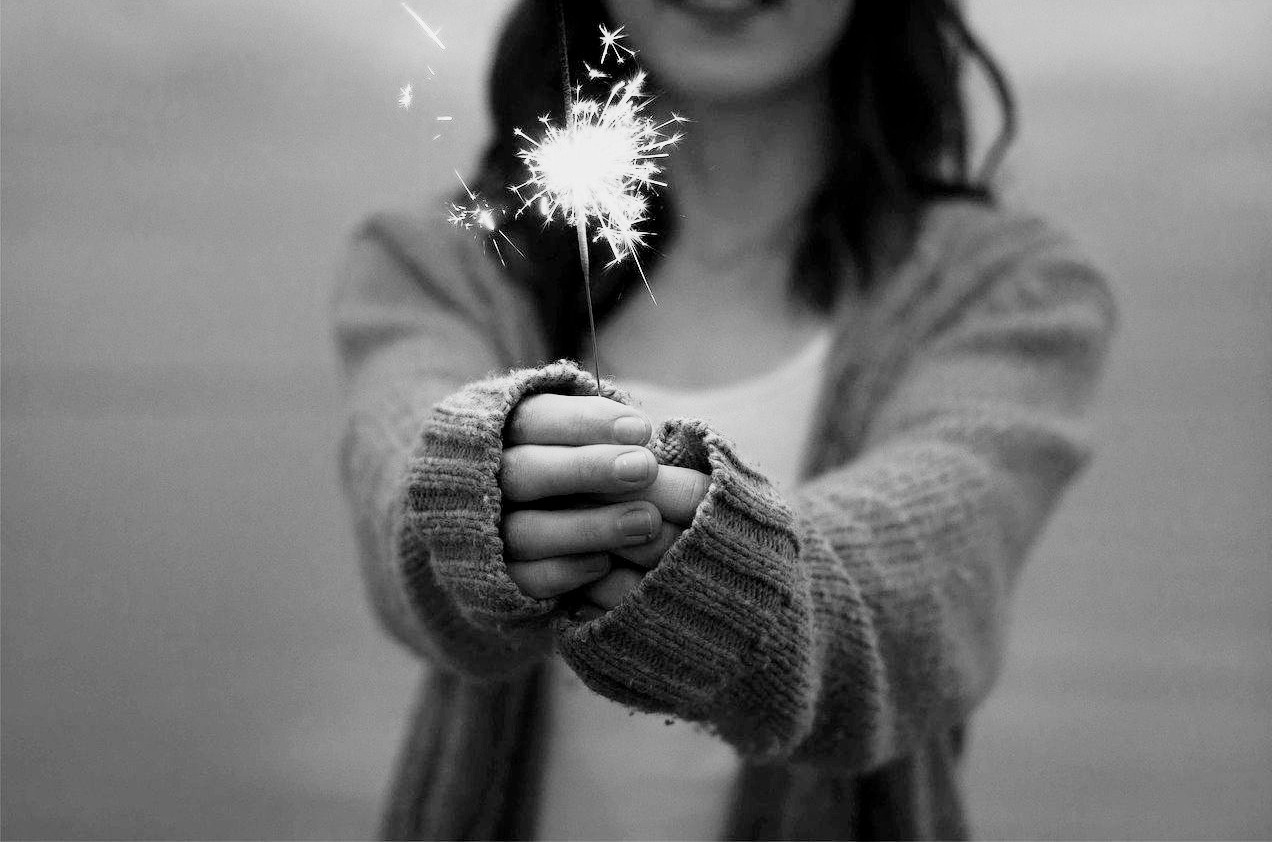As we enter a new year and decade, it’s time to look ahead. I enjoy seeing what trends could be on the horizon as the next big thing. As a fan of technology, communications and unique experiences, I anticipate a rise in multisensory experiences in 2020. This will allow organizations and companies to reach people in new and memorable ways.
By multisensory experience, I mean engaging all senses, from a very visual standpoint to a scent being created for or associated with an experience, to a sound distinct to the surroundings or even a signature taste and the ability to feel textures as the overall experience.
This will all be enabled by and a reaction to technology. We always have mobile devices at an arms reach, so anything is possible to experience just by looking at a screen. But that also means we constantly are not communicating face-to-face with people or looking up from a screen to live in our surroundings.
Craving more interaction and experiences, people will seek out these moments, the Instagrammable memories brought to life.
When announcing it’s 2020 color of the year, Classic Blue, Pantone created a multisensory experience, including a box interpreting how the color would sound, taste, smell, look and feel.

An event leading up to Super Bowl XII featured Instagram-worthy art displays in an empty storefront. Different artists created miniature Minnesota-themed displays.

At the Museum of Me, the user becomes the art and display. From information already available online, it pulls a composite of your digital profile, encouraging users to look at screens in a different way.
How to Use Multisensory Experiences in Communications
While communications might not seem a fit for a multisensory experience since it can be one-sided and often features the user looking at a screen, it is possible.
Those who get creative can stand out to reach their intended audience. It’s about elevated experiences and memorable opportunities to engage your audience, reaching them in new ways.
Consider these statistics as you start thinking about a multisensory approach to communications:
- 41% of monthly podcast listeners say they are listening to more podcasts today compared to one year ago, according to research stated in The Podcast Consumer 2019.
- The Direct Marketing Association analyzed direct mail vs email statistics. They found that direct mail averaged a 4.4% response rate, compared to email’s average response rate of 0.12%.
Podcasts and direct mail are increasingly used more, and neither has the end user staring at a screen. Either could be a piece of a campaign or a single item that stands out and gets noticed in a different way. Also, direct mail doesn’t have to be a single sheet, it could be creative, engaging the recipient.
Other opportunities include:
- Augmented reality and virtual reality
- Voice search capabilities, including on your website and with devices
- Video, which will be huge and almost every social media platform has as part of its offering
- More than one of these listed experiences and communications tools in one item
In editorial use, two of my favorite examples of using these tools to reach people are The New York Times and FiveThirtyEight, who both use audio, visual and interactives well. The New York Times yearly releases the 52 best places to travel, and every time it’s presented even more engaging.
When deciding what trend or technology to embrace to create a more multisensory experience, consider the message, its goals and where your audience is.
Have you seen a cool example of multisensory experiences? Share it with me on Twitter or contact me.
